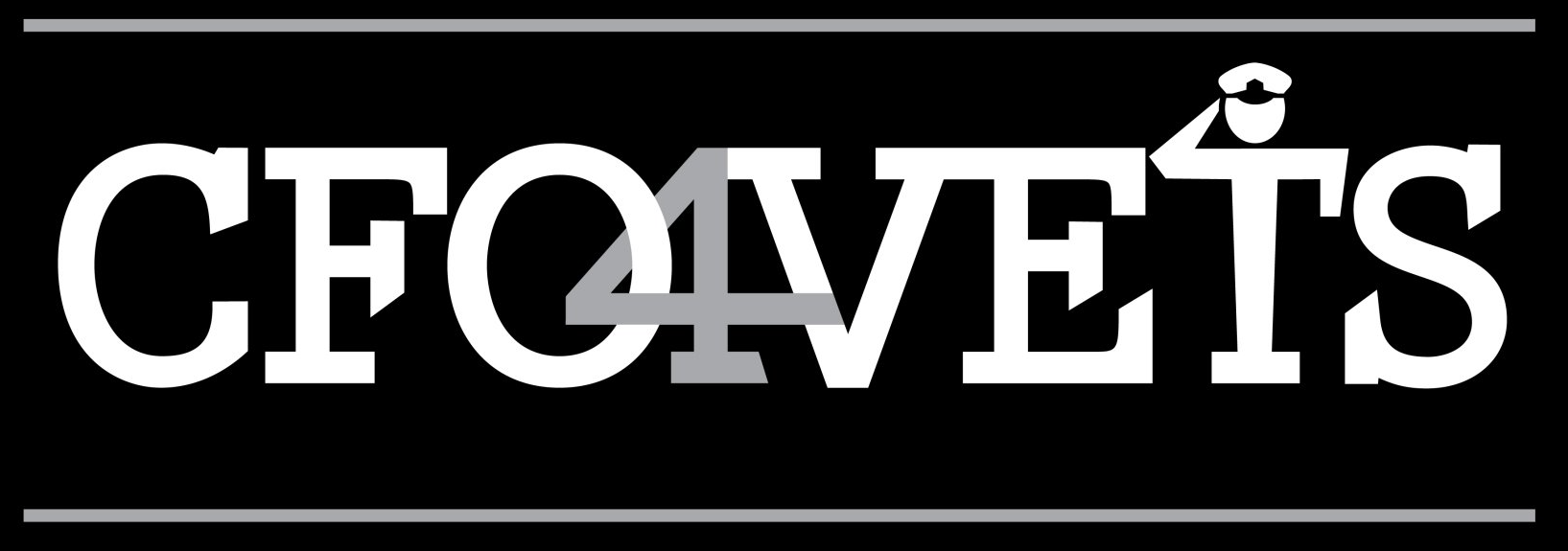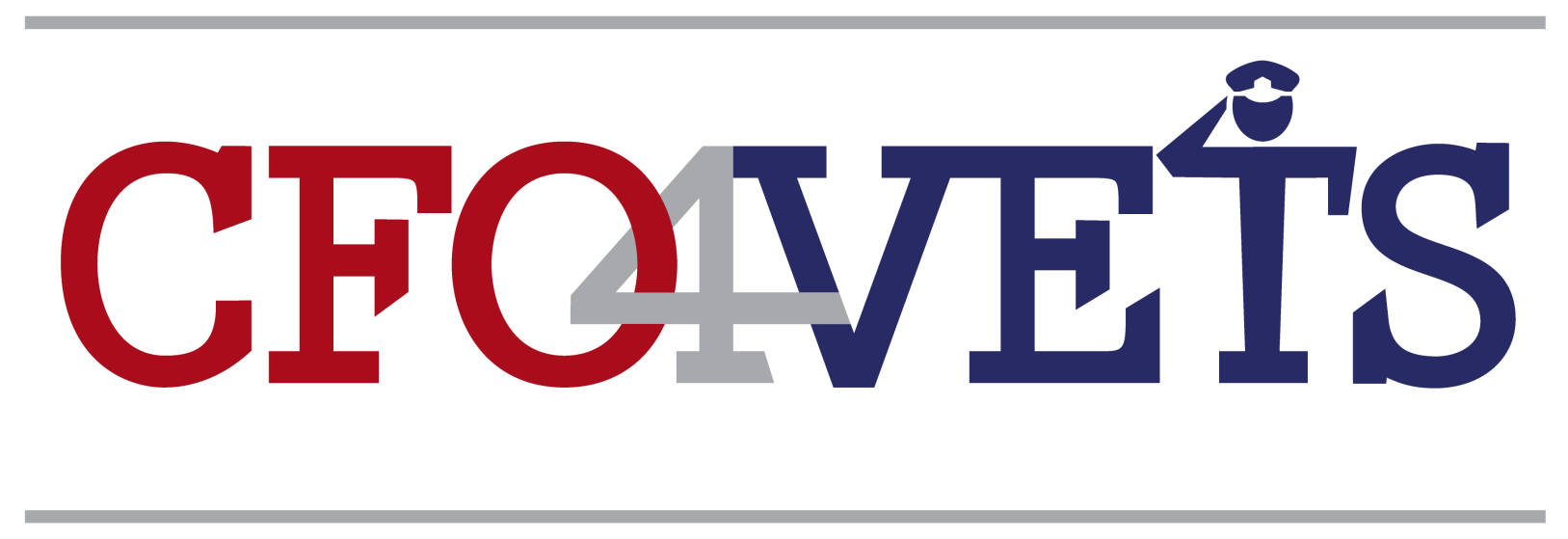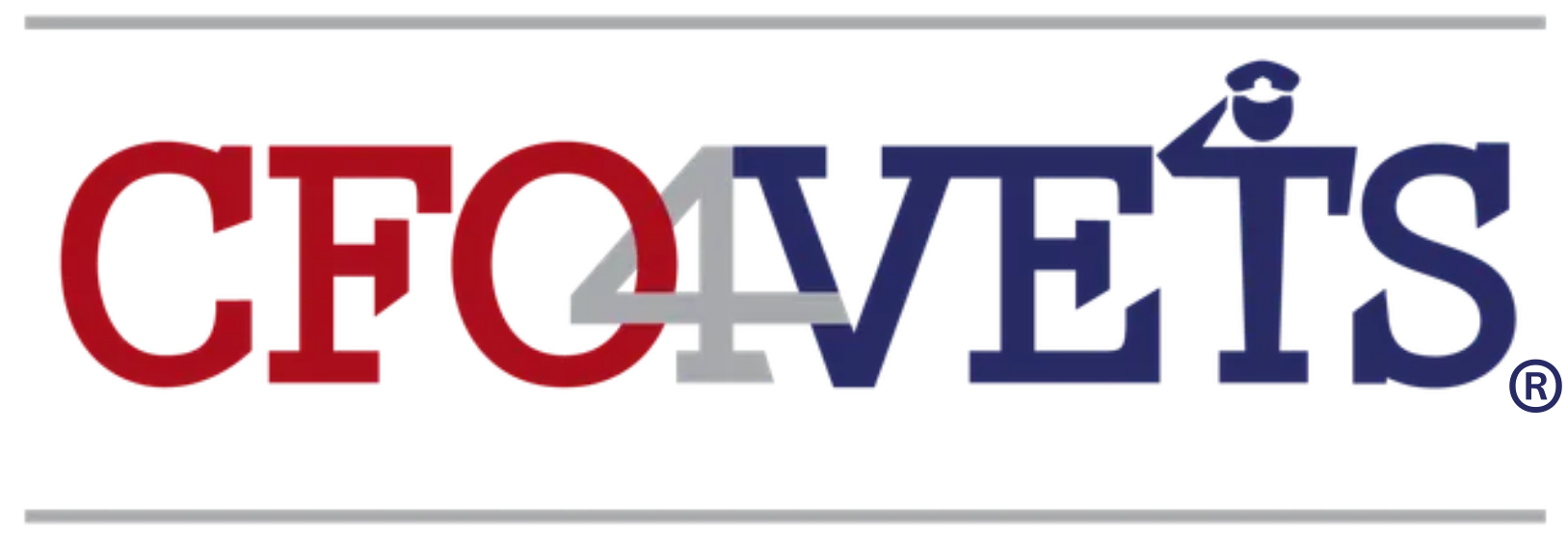Scott Chesson
Key Performance Indicators (KPIs)
What Gets Measured, Gets Managed and Improved
Measuring what matters to both monitor and enhance the financial health of your business is first and foremost. So, what matters to your small business? Three Key Performance Indicators (KPIs) that are relevant to small businesses are described below. We start with an excellent productivity indicator.
Revenue Per Employee
Revenue per employee (RPE) is a meaningful metric to measure how efficiently a firm utilizes its employees. This metric is unique to each industry and varies by company size, so it is particularly important to understand your industry’s benchmarks stratified by size if available. However, the higher the ratio of revenue per employee, the greater the productivity of your staff. For example, revenue per employee for a successful professional services firm is generally $250,000 or more per employee. On the other hand, Apple’s revenue per employee is about $2 million per employee while Expensify’s revenue per employee is about $750,000. The wide variations by industry further illustrate the importance of understanding your company’s industry benchmarks.
Revenue Per Employee = Revenues/# of Employees
After measuring the efficiency of your staff, we shift our focus to profitability and how your business transforms revenues into profits.
EBITDA Margin
EBITDA (Earnings Before Interest, Taxes, Depreciation and Amortization) margin is a vital measure of operating profitability calculated by dividing EBITDA (also referred to as operating income) by annual revenues. EBITDA is calculated by subtracting employee costs, sales and marketing costs, legal and professional fees, and all other operating expenses from revenues. The greater the EBITDA margin, the more financially successful the business. Additionally, EBITDA margin lends itself to a more seamless comparison of profit margins between businesses in the same industry because the metric excludes non-operating revenues and expenses. As alluded to previously, it is essential to have a firm grasp on your industry’s metrics, preferably parsed by firm size. For example, the median EBITDA margin for Architectural, Engineering and Consulting (AEC) firms with annual revenues less than $25M is 13.6%. For AEC firms with $25M - $100M in revenues, the median EBITDA margin is about 15%.
Lastly, as your business grows, your EBITDA margin growth rate should exceed your revenue growth rate. For example, if your business grows revenues by 20%, then profit growth should exceed 20% by a healthy ratio even when funding investments to fuel future growth. Growing your business profitably is essential to long term financial success.
EBITDA MARGIN = EBITDA/REVENUES
Thus far, we have discussed efficiency and profitability metrics. Our third universal KPI relates to the rapidity of collecting cash. 80% of the time businesses fail is due to cash shortfalls. Consequently, cash is oxygen to your business so measuring the speed of converting sales to cash is an imperative metric to both monitor and optimize.
Average Collection Period
The average collection period measures how long it takes to convert sales into cash. The lesser the average collection period, the greater the speed of your cash conversion cycle. Start by comparing how close your average collection period is to your payment terms. For example: If your average collection period is 50 days and your payment terms are 30 days, then your cash conversion rate is problematic and likely contributing to avoidable cash shortfalls. If your business is indeed paid after services or products are provided, speeding up your cash conversion rate also helps reduce the amount of time your business acts like a bank by subsidizing cash outflows. The average collection period is calculated as follows:
AVERAGE COLLECTION PERIOD = ACCOUNTS RECEIVABLE BALANCE/TOTAL NET SALES X 365
In summary, monitoring and optimizing KPIs is an invaluable undertaking for small businesses aspiring to scale and grow profitably. The three KPIs alluded to above are universal to all businesses and provide a sound baseline for scrutinizing the financial health of your business.
Written By - Scott Chesson / SAB Strategic Partner / Fractional CFO Services
https://chessolutionsllc.com/ - https://www.linkedin.com/in/scottchesson/
C. 2017-2021 Strategic Advisor Board / M&C All Rights Reserved
www.strategicadvisorboard.com / info@strategicadvisorboard.com

Every business owner will exit their business at some point – whether voluntarily or involuntarily – yet only about 50% of business owners have a buy-sell agreement in place to govern the terms and process of the exit. For this reason, it’s crucial to know about buy-sell agreements, which are legally binding contracts between co-owners of a business that determines the actions if a co-owner chooses or is forced to depart a company and the process of purchasing that person's share. I’ve compiled a list of the most commonly asked questions about buy-sells: How would a business owner benefit from a buy-sell agreement? In many cases, the business owner's largest and most significant asset is the business itself. Suppose something happened to one of the primary owners. In that situation, it is crucial to ask how the owner’s demise or departure would affect the lifestyle and exit plans of the other owners, the business, and the other interested parties. Are you willing to share your business with your deceased partner's heir? The demise of a primary owner is an excellent example of where buy-sell agreements come into play. They can remove the speculation regarding the future of your business. Furthermore, a buy-sell can reduce the stress and turmoil of an emotional situation. Do you need a business valuation when implementing a buy-sell agreement? The short answer is yes. A business valuation can be critical when contemplating a buy-sell. Valuations help you understand your business's worth and determine your action path after a buy-sell is activated due to a triggering event, such as when a primary business owner becomes disabled, leaves the company, or passes away. Suppose a buy-sell agreement does not require an updated company valuation after a triggering event. In that case, the surviving owner may be required to pay the amount stated in the original buy-sell, even if that amount no longer accurately reflects the company's actual worth. Similarly, a company's valuation may differ after a primary owner leaves the business. As you can see, knowing how much your company's value depends on its current organizational structure and staying ahead of the game in your forecasting is essential. Who does a business owner work with to implement a buy-sell agreement? A Certified Valuation Analyst is a professional business valuator who, along with a trusted attorney, is a must-have in establishing a proper buy-sell agreement. Because buy-sell arrangements can be challenging to discuss with a business partner and require much organization and implementation, a trusted attorney can steer and mediate those difficult conversations. Protect your business – and yourself – by being prepared for the difficult transition when an owner exits the business. Buy-sell agreements help pave the way for smoother transitions.

I’ve seen so much in my twenty-five years as a CFO, and though I’ve worked in many sectors, the area where I’ve observed the most financial pitfalls has been for small businesses. I want to share two of my most common observations so that you can avoid making the same mistakes if you’re currently in any of these situations as a business owner. All you need is a bit of flexibility, foresight, and innovation. 1) Impulsive Cost Cutting Measures The knee-jerk reaction for most folks in challenging economic times is a tendency to focus on cutting costs while losing sight of how important it is to optimize and innovate your revenue streams. I’m not saying that cost reduction isn’t essential, or even mandatory, during an economic downturn. Still, I will stress that reducing your costs cannot replace a concerted strategy to optimize your existing revenue streams while also exploring and building new revenue pathways. Perhaps a tactic you may want to consider is scrubbing your costs throughout the year rather than doing so dramatically during a moment of panic. It allows you to be more thoughtful in your approach. I’d also suggest you look at zero-based budgeting, which means annual expense budgets are not automatically renewed with a blanket percentage increase and, instead, each expense category is analyzed and justified based on a company’s requirements -- in concert with the overall cost structure. Even implementing zero-based budgeting on a limited basis will help avoid protracted cost-cutting during downturns. My final advice on this matter is to not be too hard on yourself! It’s easy to lose sight of growing the top line when your business is fighting for survival on the bottom line. 2) Getting Attached to Something that Isn’t Working Another common pitfall I’ve seen repeatedly is when business owners are wedded to a product, service, or strategy that is unsuccessful. Instead of bringing in revenue, it is harming their business’s financial health. Passionate and committed entrepreneurs often take on the idea that they can make something work – even if it’s not meant to be and falsely believe that admitting defeat or giving in to the notion that if a product, service, or strategy goes away means they have failed. It’s also hard because they have almost always dedicated so many resources to their efforts that they must continue trying. However, a small business has many advantages over a large, bureaucratic entity. One advantage is flexibility. They can move quickly to take advantage of opportunities or pivot away from unsuccessful undertakings (like poorly performing products, services, or strategies) before too much financial damage is inflicted on the business. The damage is generally manifested as negative cash flows or declining profits. Still, the effects are much more far-reaching and less clear, but they impact the most finite of resources, time, and energy. I recommend having a timeline and specific goals to chart the progress of a new product or service. Then, your company has guidelines that can prevent devoting unwarranted time, money, and energy to unsuccessful projects. There is no shame in experimenting and adapting your business and acknowledging that some ideas failed. You are still doing a great job and learning with every experience, becoming more substantial and more valuable in the marketplace.

First, I am indifferent to following celebrity relationships. Yet, I root for high-profile people and all people to find happiness and contentment. Still, exploring the economics of public relationships related to pro football is intriguing. For context, I am a lifelong, long-suffering Miami Dolphins fan (since 1970), so another resounding defeat to end the season is painful but not unexpected. The latest defeat was at the hands of the Chiefs in frigid Kansas City. The media furor started in September. After a win from the Kansas City Chiefs, where Taylor Swift was present, cheering on her boyfriend, Travis Kelce , it inspired me to analyze the logistics and economic impact of this very public relationship. Not only are we looking at how Taylor can find the time to travel from wherever she is on her world tour to wherever Kelce is during a game, or how Kelce can find a few days to escape his training before his next game to go to wherever Taylor is, I’m looking at the finances of this relationship. When it comes to Relationship Math, there are many formulas we can use. Let’s start with how much it costs for two celebrities to fall in love while everyone is watching. As might be expected with any high-profile romance where the literal world is watching, Front Office Sports confirmed some spectacular math was at play when they posted on Twitter that since Taylor first showed up to Kelce’s September 24, 2023, Chiefs-Bears game, there was a: 400% spike in Travis Kelce jersey sales Kelce’s jersey sales moved from the 19th most popular to the 5th most popular Kelce's podcast with his brother ranks #1 overall on Apple Kelce adds 383K Instagram followers 24.3M viewers watched, making it the #1 game of the week 63% jump in female viewers aged 18-49 3x increase in 'Chiefs' searches on the web 3x increase in Chiefs sales on StubHub Chiefs sold more tickets in a single day since the start of the season The statistics are noteworthy, but was the spike in jersey sales sticky? For all of 2023, Kelce had the 9th best-selling jersey, so it seems the spike had staying power. I’m not going to devote much time to researching and breaking down every cost, but it was enlightening to show these numbers to illustrate the grand scale of this situation. I want to break down something that’s not on the list: the cost of jet fuel. For the sake of simplicity, let’s examine one of Taylor’s flights. Countless sources talk about Taylor’s two jets - the Dassault Falcon 7x and the Dassault Falcon 900- which cost $40 million. According to Newscenter Maine, “the Dassault Falcon 7x jet flew from London to Bangor, using about 2,382 gallons of fuel amounting to about $13,300.” The outlet reported that the stopover was the first of her U.S. return, which took off to fly to Kansas City. From Heathrow to Bangor, it’s 3,068 miles, so that’s $4.34 a mile. Bangor to Kansas City is 1,736 miles, which would cost $7,534. Combined from the UK to Maine to Kansas City, that’s around $20,834. This September 2023 Variety magazine says: “After the pop star caused a media frenzy on Sunday when she was spotted cheering on Travis Kelce amid dating rumors, jersey sales for the Chiefs tight end reportedly spiked by nearly 400%.” On NFLshop.com , the jersey goes for $129.99, so while I don’t know how many were selling pre-Taylor, let’s say, for the sake of simplicity, that there were 50,000 Kelce jerseys sold between January 1 and September 23, 2023. That translates to $12,999,000 or about $24,434 per day. A 400% spike in sales would be $122,171 per day or an increase of $98K daily or almost $3M monthly. Daily jersey sales would increase from 188 to 940 per day. So, we’re already up to $120K in economic impact between two flights from the UK to Kansas City and a 400% spike in jerseys in one day. My final calculation: High-profile love is expensive, and Zoom seems to be a highly underutilized resource in this scenario. Photo credit: AP/ED ZURGA




